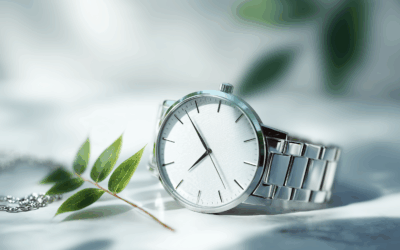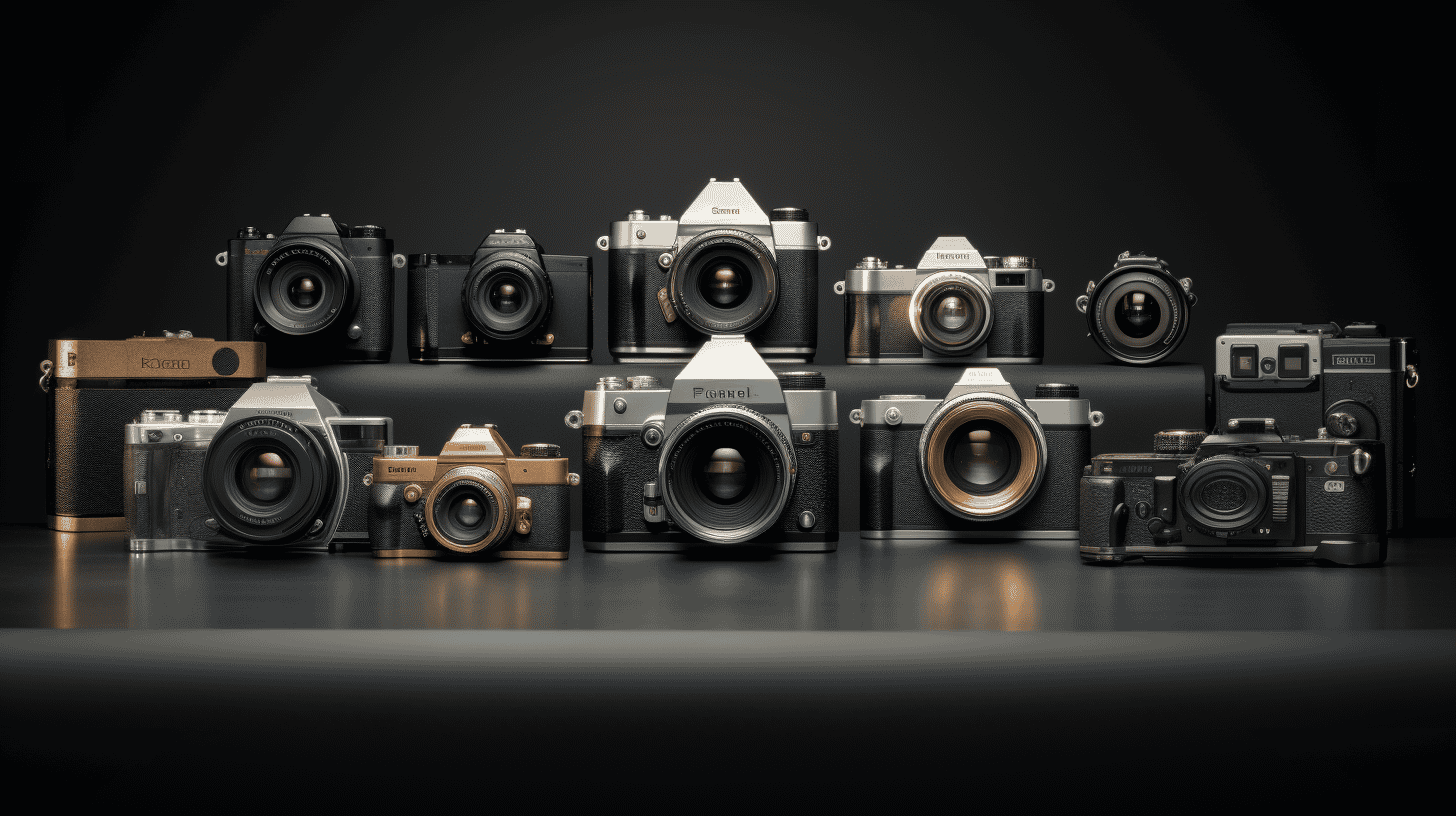Astro-landscape photography combines the beauty of the night sky with mesmerizing landscapes, making it a popular genre among both professional and amateur photographers. However, mastering this type of photography takes practice, patience, and knowledge of the necessary techniques and equipment. In this article, we’ll guide you through the essential steps to excel in astro-landscape photography and create breathtaking images that capture the awe-inspiring celestial wonders above.
Table of Contents
- Preparation
- Essential Equipment
- Camera Settings and Techniques
- Post-processing
- Frequently Asked Questions
1. Preparation
Choosing the Right Location
Finding the ideal location for astro-landscape photography is crucial because it directly affects the quality and impact of your images. Here are some tips to choose the perfect spot:
- Avoid light pollution: Search for dark sky locations away from urban areas where artificial light does not wash out the stars.
- Scout during the daytime: Visit potential spots during the daylight hours to get a better insight into the landscape and plan your composition.
- Use apps and maps: Utilize smartphone apps and online maps that show the night sky’s real-time view and provide light pollution information.
Finding the Perfect Timing
Just like with location, timing is of the essence in astro-landscape photography. Here are some pointers for finding the best time to shoot:
- Moon phases: Aim for shooting during a new moon or crescent moon phase; this will ensure minimal light pollution from the moon itself and allow you to capture more stars.
- Milky Way visibility: The Milky Way’s visible core is more accessible during certain months, depending on your location. Research the best time for your area to capture stunning Milky Way shots.
- Weather: Keep an eye on local weather reports to avoid cloud cover obscuring the night sky.
2. Essential Equipment
Camera
Choosing a camera suitable for astro-landscape photography can greatly enhance your results. Consider these factors when selecting a camera:
- Low Light Performance: Look for a camera with ahigh ISO range and low noise performance at high ISO settings.
- Full Frame Sensor: Cameras with full-frame sensors generally perform better in low-light situations than those with crop sensors.
- Manual Controls: Make sure the camera allows full manual control over aperture, shutter speed, and ISO settings.
- Compatibility: Ensure the camera is compatible with the lenses and accessories necessary for astro-landscape photography.
Lens
A lens plays a significant role in capturing sharp and stunning astro-landscape images. Here are the key features to look for in a lens:
- Wide-angle: Choose a wide-angle lens (e.g., 14mm or 16mm) that offers a broad field of view to include more of the landscape and sky in your frame.
- Fast aperture: A lens with an aperture of f/2.8 or faster will allow more light to enter the camera, resulting in better low-light performance.
- Sharpness: A high-quality lens will provide excellent sharpness, even at its maximum aperture, to capture the stars and landscape in intricate detail.
- Low distortion: Look for a lens with low distortion properties to avoid undesirable effects such as stretched stars near the edges of the frame.
Tripod
A sturdy tripod is essential for stabilizing your camera during long exposures. Here’s what to look for in a tripod:
- Stability: Ensure the tripod is strong enough to support your camera and lens without wobbling in windy conditions.
- Adjustability: Choose a tripod with adjustable legs and height options to adapt to varying terrain and shooting angles.
- Portability: Opt for a tripod that is lightweight and easily transportable for long hikes or travels.
3. Camera Settings and Techniques
Focusing on the Stars
Focusing on the stars can be challenging in low light conditions. Here are some techniques to help you achieve sharp focus:
- Manual focus: Switch your lens to manual focus mode to gain full control over focusing.
- Live view: Use your camera’s live view function to zoom in on a bright star and manually adjust your focus until it appears sharp.
- Infinity mark: Some lenses have an infinity mark (∞) on the focusing ring. Start with this mark and fine-tune the focus using live view if needed.
Composition
A successful astro-landscape photograph combines a captivating landscape with an appealing celestial background. Here are some composition tips:
- Foreground interest: Include compelling foreground elements to create a sense of depth and story in your images.
- Rule of thirds: Position your landscape elements and celestial features according to the rule of thirds for a visually appealing composition.
- Leading lines: Use natural or artificial lines in thelandscape to lead the viewer’s eye towards the night sky.
- Experimentation: Try different angles, perspectives, and lens focal lengths to create unique and diverse compositions.
4. Post-processing
Post-processing is a critical part of astro-landscape photography, as it helps enhance your images and bring out their full potential. Here are some basic steps to follow:
- RAW format: Shoot in RAW format to preserve maximum image detail and flexibility in post-processing.
- Software: Use a photo-editing software such as Adobe Lightroom, Capture One, or Darktable to process your images.
- Exposure adjustments: Make global adjustments to exposure, highlights, shadows, and contrast to balance the overall brightness and tonality of the image.
- Color balance: Adjust the white balance to achieve accurate color representation or to create a specific mood with a cooler (blue) or warmer (orange) color cast.
- Noise reduction: Apply noise reduction techniques to minimize image noise caused by high ISO settings.
- Sharpening and clarity: Apply sharpening and clarity adjustments to enhance the details of the stars and landscape elements.
- Vignetting and distortion correction: Correct any vignetting or distortion caused by the lens to produce a more realistic and polished image.
5. Frequently Asked Questions
What is the best shutter speed for astro-landscape photography?
The ideal shutter speed depends on your camera’s sensor size and the focal length of your lens. To avoid star trails caused by the Earth’s rotation, use the “500 rule”: divide 500 by the effective focal length (considering the crop factor if you are using a crop sensor camera). The resulting value will give you the maximum exposure time in seconds that you can use without noticeable star trails.
How do I prevent star trails in my images?
To prevent star trails, strictly adhere to the 500 rule when setting your shutter speed. If you’re interested in capturing longer exposures, consider using a star tracker, a device attached to your tripod that moves your camera at the same speed as the Earth’s rotation to keep the stars sharp during extended exposures.
What is the best ISO setting for astro-landscape photography?
The optimal ISO setting depends on your camera’s performance and the ambient light conditions. Start with a value of around ISO 1600 and adjust as necessary. A higher ISO will brighten the image but may introduce more noise, while a lower ISO will produce a cleaner image but require a longer exposure time, increasing the risk of star trails or motion blur in the landscape.
Mastering astro-landscape photography can unlock a world of creative possibilities and provide you with an exciting way to explore and capture the wonders of the night sky alongside stunning landscapes. By following these tips and techniques, you’ll soon be on your way to creating breathtaking images that showcase the beauty of our universe.




0 Comments